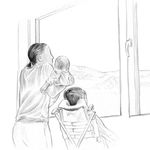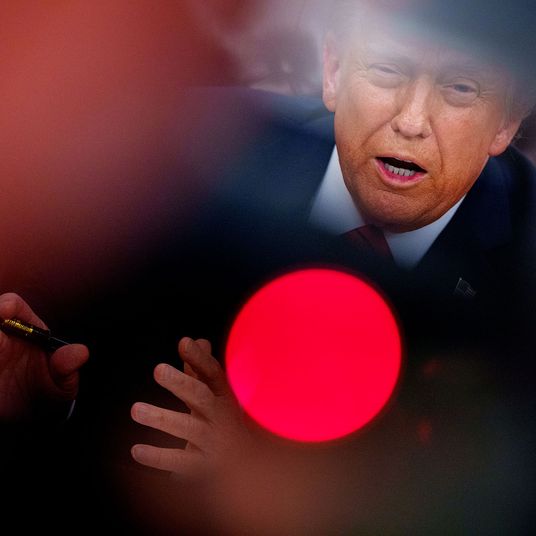
On Friday morning, Wall Street went into conniptions over the newest jobs report. Last month, the economy added 336,000 new jobs — about double what analysts had expected — with the unemployment rate holding still at 3.8 percent, according to the latest numbers from the Labor Department. Also, hourly wages have risen faster than inflation. See, the economy is meant to be slowing down. The Federal Reserve has been hiking interest rates, and this is supposed to be weighing down the flow of money throughout the economy — exactly the kind of conditions that would be adverse to creating a third of a million new jobs in a month. The knee-jerk reaction from investors was to sell: The Dow Jones fell more than 200 points, and bond yields rose across the board. (Yields rise when the price of the bonds fall.)
This knee-jerk reaction missed the bleaker picture: The jobs that are getting added are low-paying, wages are stagnating, and hours are falling. Maybe this is a mind-numbingly basic point to make, but one important reason jobs matter in an economy is that they spread money around to people. (This is not the only reason, and I’ll get to that below.) So a big jobs gain and high wages are, on the face of it, a sign that businesses are having no problem doing that. But take a closer look at how this actually works for most people. Yes, hourly wages have risen 4.2 percent over the past year, but that only matters if people are working a long enough week to afford their lifestyle. On that measure, weekly pay has risen only 3.5 percent since last September, which is lower than the inflation rate. (For nonsupervisory employees — people who aren’t managers or bosses, basically — the weekly gains are 3.7 percent, exactly in line with inflation.) Hours are slightly lower for all workers from last year, but those have been falling since 2021, when people were working more hours than ever since at least 2006.
The other reason that jobs matter is that they are a proxy for demand. The biggest chunk of new jobs was created by restaurants and bars and other businesses that fall under the Labor Department’s “Leisure and Hospitality” category. During the early stages of the post-pandemic economy, the relative strength of restaurants was a sign that things were getting back to normal, and people were happy to spend their savings. But there’s a limit to that. It doesn’t make sense that demand for nights out would still be rising as wages were slowing — unless these weren’t really the same kinds of restaurants that were drawing customers during the past few years. Since more people are going to the office, lunch places are struggling to keep up with the demand. (At least, this is the case at the nearby sandwich and burrito places near New York’s office.) While there’s no data on the number of flavorless $15 salads being made nowadays (not from the government, anyway), the thing to remember about these kinds of restaurants is that, to a worker, they are essentially a cost of working out of the house.
So what is the Fed likely to do? The central bank is raising rates explicitly to choke off the flow of money into the economy — typically, this is done by increasing unemployment. It’s not really clear right now that that’s necessary. The bond markets see rising odds of a rate hike by the end of the year, but the most likely scenario is still that the central bank keeps things steady. By the early afternoon, the stock market had decided that its initial sell-off was overdone, and it rose by 200 points instead. (Bond yields stayed higher but were still below the highs from earlier this week.) The fact that the pace of hiring has remained so strong has done a lot to disguise that unaffordability is a growing problem and could end up giving the Fed the lower inflation it’s been trying to get all along.






























